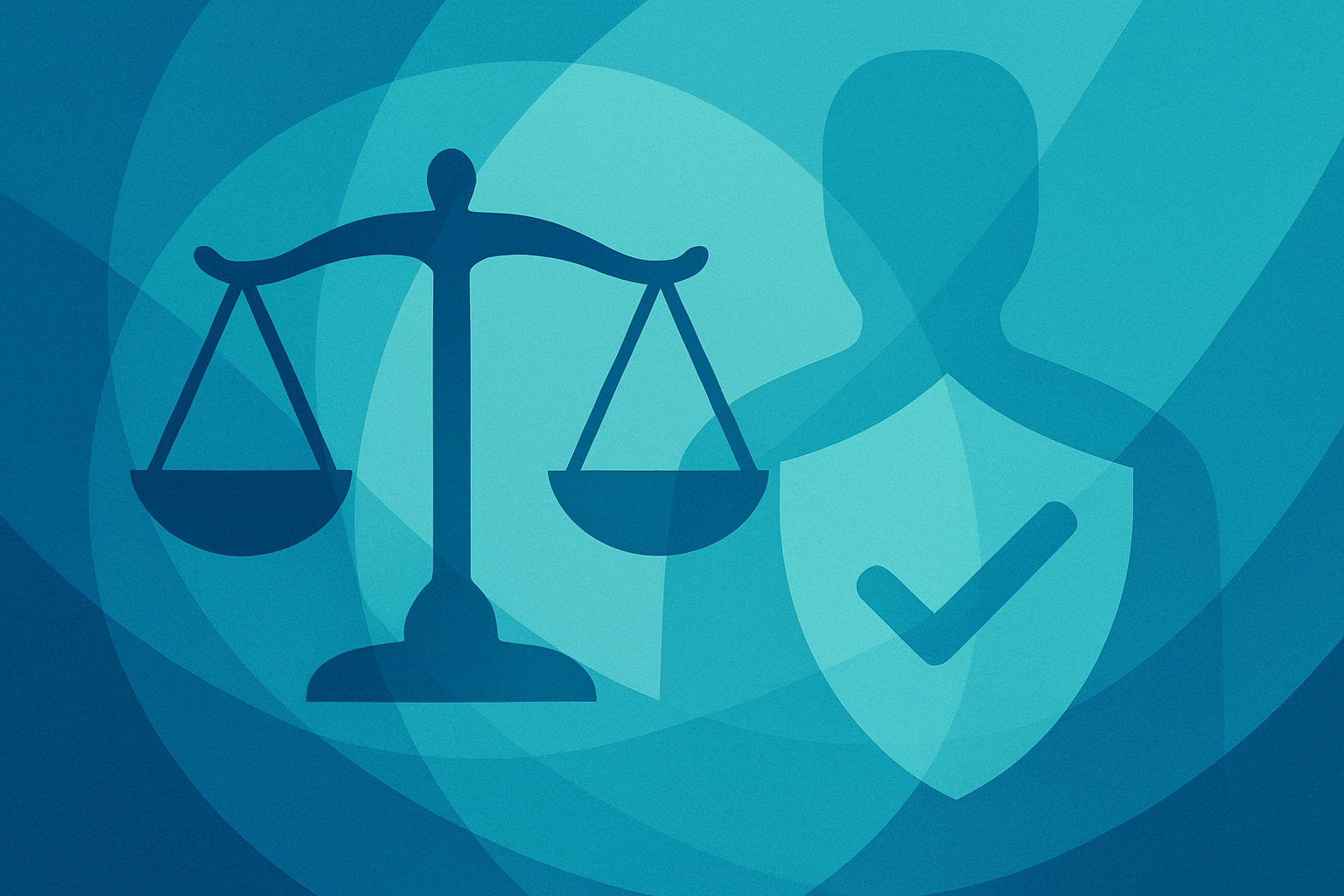Legal Considerations, and how Reclaim Protocol is safe to use

Relevant documents about the architecture and security of the system can be found here :
Key architectural points
- Client-side, zero-knowledge proofs All cryptographic work including TLS capture, selective redaction, and ZK-proof generation happens entirely on the user’s device inside a web-view or mobile runtime.
- No third-party data visibility. Reclaim’s attestor sees only encrypted packets and the final proof; it never learns credentials, session cookies, or plaintext content.
- Portable, verifiable claims. The output is a signed proof (e.g., “active payroll at Company X”) that any relying party can verify without phoning home to the source site.
Why Reclaim Is Compliant
GDPR (EU)
Data-minimisation, purpose limitation, encryption-in-transit, and “privacy by design” are native to the protocol; lawful basis = user consent.
If a verifier stores the proof, they become a controller/processor and must meet their own GDPR duties (retention limits, SAR responses).
CCPA (California, US)
User retains control; no “sale” of personal data; proofs hold only the minimum information needed. Verifier must honor deletion/opt-out if the proof still contains personal information.
PIPEDA (Canada)
Explicit, informed user action plus minimal collection satisfy the “knowledge & consent” and “limiting collection” principles.
DPDP (India)
End-to-end encryption and selective disclosure meet upcoming data-minimisation and security duties.
GBLA (US)
Credentials stay private; proofs expose no non-public personal info beyond the declared fact, reducing GLBA-safeguards scope.
Banks may still mandate “screen-scraping-free” clauses in their contracts (see next section).
HIPAA (US)
If PHI is never transmitted, Reclaim can help limit “minimum necessary” disclosure; verifier sees only what the patient approves.
Covered entities must treat the proof itself as PHI if it reveals a condition; standard HIPAA security rule still applies.
Terms of use Guidance
Though Reclaim Protocol is compliant with National regulations, a nuanced approach should be taken for respecting terms of use.
Why Reclaim Protocol is generally safe
Reclaim keeps credentials local and issues one-time proofs on a per-user request, which fits within the “personal, non-commercial use” language found on most:
-
E-commerce & subscription sites that already expose PDFs/CSVs (e.g., Amazon order history, Stripe dashboards).
-
Government portals that emphasize user self-service (e.g., Social-Security, many tax agencies).
-
Universities that give students downloadable transcripts or API tokens.
-
Fintech/open-banking APIs in jurisdictions where PSD2-style rules apply (UK, EU, Australia).
-
Payroll / HR systems that allow users to use third party user agents as long as the user themselves are using the system and not a bot.
These sites either (a) expressly permit personal exports, or (b) rely on statutory “data-portability” mandates that trump restrictive boiler-plate.
Scenarios That May Trigger Terms of Use Violations
Some large financial platforms use blanket clauses against any unapproved automated extraction or “disaggregation”, even when initiated by the customer:
- Major US banks (e.g., Bank of America, Chase) : “You agree not to scrape or disaggregate data by manual or automated means for commercial, marketing, or compiling purposes.”
Reclaim Protocol is not Web Scraping
Legal Distinction: Unlike traditional web-scraping services—which store user credentials, run headless bots that continuously harvest full pages, and therefore violate most banks’ and payroll vendors’ “no scraping / no third-party access” clauses—Reclaim operates only when an individual explicitly initiates a single proof, keeps all credentials and raw data confined to that user’s browser or mobile device, and discloses nothing beyond the user-selected fact in zero-knowledge form. Because the session is user-driven, transient, and privacy-minimised, it aligns with data-portability rights (GDPR Art 20, PSD2 Art 67, forthcoming CFPB §1033) and avoids the large-scale, automated extraction behaviour that triggers contractual cease-and-desist actions against aggregators.
Key takeaways
- Privacy & security first: Reclaim’s ZK architecture keeps credentials private and data minimized, aligning with global privacy laws.
- Most consumer-facing portals are fine, especially where the site already offers downloadable statements or APIs.
- Watch for restrictive ToS at large US banks —bulk or commercial-scale proofs may violate “no scraping / no aggregation” clauses.